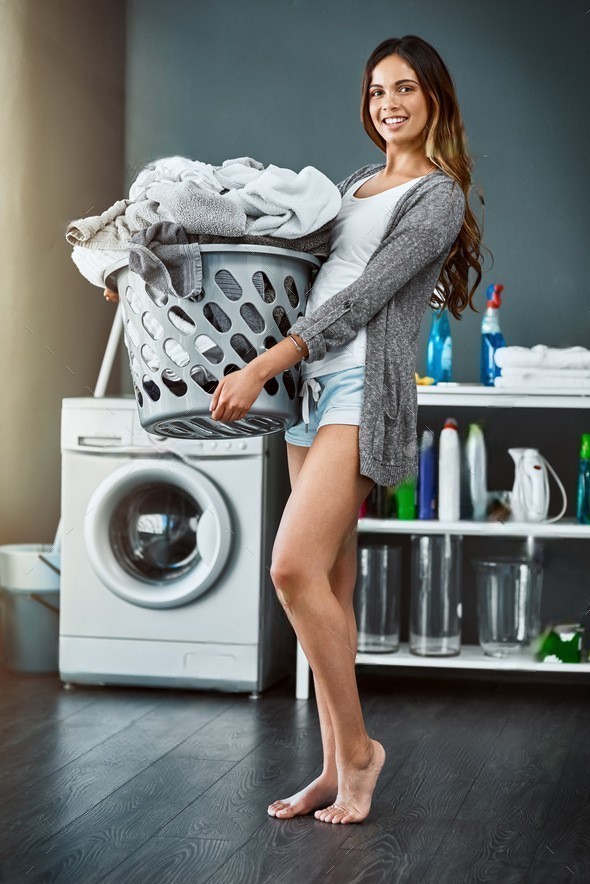When it comes to washing towels, you want to make sure you’re using the right settings to get them fully clean while preserving their softness and absorbency. With all the options on washing machines these days, it can get confusing trying to figure out which cycle is actually best. Here’s what you need to know about choosing the ideal machine settings specifically when washing your towels.
Should You Use the Normal Cycle?
The normal or regular cycle on a washing machine is usually meant for lightly soiled everyday items like t-shirts, pants, and delicate fabrics. It utilizes a gentle agitation or tumbling method along with warm water. The good thing about the normal cycle is that it’s energy efficient and gets clothing reasonably clean. However, for items like bath towels that tend to get heavier soiling, it usually isn’t thorough enough to get rid of body oils, dirt, and bacteria. So you’ll want to use a different cycle that offers stronger cleaning action.
The Case for the Towels/Bulky Items Cycle
Most contemporary washing machines come equipped with a special “bulky items” or “towels” cycle. As the name implies, it’s made for larger bulkier items like towels and sheets. But exactly why is it best for washing towels versus the normal cycle? There are a few key reasons:
Longer Wash Time
The towels or bulky items cycle has a longer washing time, usually around 30-35 minutes. This allows for more time to fully saturate the towels with water and cleaning agents. It also gives the cycle more minutes for the agitation or tumbling effect to lift stains and odors trapped deep in the towels’ fibers and pores. With a quicker normal cycle, soils can be left clinging to the towels.
Hotter Water
In addition to a longer wash time, the towels/bulky cycle utilizes hotter water – usually around 130-150°F in most machines. The hotter temperature helps to melt oils and grease in dirty towels. Hot water also naturally kills bacteria better. opening up and swelling cotton fibers for deeper cleaning. If you use cold or warm water, it won’t effectively break down and rinse away body soils.
Higher Water Levels
Along with increased time and hotter temps, the bulky items cycle has higher water levels. With more water in the machine drum, towels can become completely saturated. The extra water pressure helps to vigorously flush away shampoos, dirt and residue trapped in the dense, thick fibers of towels. That also gives detergents and bleaches added power to penetrate fibers, lift stains and sanitize.
Extra Rinses
The towels/bulky items cycle also offers additional rinse cycles – usually 2-3. That helps to completely remove detergents and residues that can otherwise make towels feel stiff and scratchy against skin. The extra rinses also help restore absorbency levels in towels once fully dried. With too much soap or softener left clinging in the fibers, it reduces how much water towels can soak up.
Should Towels Be Washed in Cold Water?
While hot water offers the most intense cleaning power, you may wonder if cold water is equally effective for sanitization. The ideal temperature for killing bacteria is at least 130°F – something only hot water cycles can achieve in home machines. Cold water (around 70°F) can clean towels that only have surface dust and odors. But for towels that have more embedded sweat, oils and skin cell soils, cold water won’t provide enough cleansing action. The heat of hot water is really best for breaking up and dissolving those heavier soils. If trying to save energy by washing in cold, you’ll likely need to use harsher detergents or bleaches more frequently to thoroughly clean towels. Sticking with a hot water cycle is best for infrequently having to do those extra steps.
What About Adding Vinegar or Baking Soda?
Many people add natural cleaning boosters like vinegar or baking soda to their towel wash cycles. The acidity in vinegar helps to dissolve sticky residues in cotton fibers. Baking soda acts as a gentle abrasive to lift stains. However, with the thorough wash action the bulky/towel cycle already provides – using the hottest temp and extra rinses – these additives aren’t necessary. The cycle on its own will get towels fully clean and fresh without extra steps. But you can experiment to see if you notice a difference in softness or whiteness. Just don’t rely on these alone to sanitize towels – be sure to wash them in disinfecting hot water as well.
Dry on High Heat After Washing
It’s just as important to dry towels thoroughly on high heat after washing them. The heat from your dryer will provide a final bacteria killing power treatment. Be sure to use the highest heat setting – even if it takes longer. Drying on lower warmth won’t provide that same sanitization effect. High heat will seal the cotton fibers, locking in softness while making them extra absorbent. It will also prevent musty odors that can develop if too much moisture lingers. As an added plus, the hot air fluffs up the terry fabric loops for a plush feel.
So What’s the Best Washing Machine Cycle for Towels Overall?
After considering the unique cleaning needs towels require, the bulky/towels cycle that utilizes more wash time, hotter water, extra rinses and higher water levels provides the most thorough cleaning for them. This heavy duty cycle was created specifically with thicker items like towels in mind, allowing them to release embedded soils for superior results over regular or delicate cycles. Washing them this way helps restore their soft luxurious texture and absorbency for a spa-like feel. Using the hot high heat dryer setting afterwards seals the deal.
Additional Tips for Washing Towels:
- Wash towels separately from lightweight clothing items which need gentler cleaning.
- Use powder detergent for extra cleaning boost. Liquid may not dissolve well in colder water cycles.
- Include a disinfecting bleach alternative occasionally if concerned about bacteria.
- Replace towels every 1-2 years for best absorbency and scent.
- Wash new towels first before initial use to maximize softness after drying. Cotton fibers relax after the first wash cycle.
With some machines, be sure to check the owner’s manual if you don’t see a bulky items or towel cycle – there may be variations depending on make and model. And feel free to experiment between hot and cold water to see which makes your particular towels feel cleaner. But for thorough, disinfecting washes, the towels/bulky cycle using hot water is always the sure way to go. Enjoy the spa experience of luxuriously soft, fluffy towels after washing them this ideal way.
References:
- Clemson Cooperative Extension Home & Garden Information Center – “Caring for your towels” https://hgic.clemson.edu/ factsheet/caring-for-your-towels/
- Good Housekeeping Institute – “How to Wash Bath Towels” https://www.goodhousekeeping.com/home/cleaning/ tips/a24885/how-to-wash-bath-towels/
- American Cleaning Institute – “Hot Water Washing and Sanitization” https://www.cleaninginstitute.org/cleaning-tips/ clothes/hot-water-washing-and-sanitization

Laura has had an enthusiasm for laundry ever since she was a teenager experimenting with wash cycles. She went on study textile science in college before working in product testing.
Soon, Laura found friends and family constantly asking her laundry advice, realizing she had become an unofficial laundry guru. The questions kept coming in, so Laura decided to start sharing laundry tips online to help more people. The enthusiastic response led her start the blog “Laundry How”.
Now in her late thirties, Laura uses Laundry How to tackle all kinds of laundry topics – stains, fabric care, detergents, and more. She provides advice from both her studies and experience testing techniques out firsthand. Laura continues to grow an engaged community of laundry learners, feeling fulfilled empowering people to make laundry an easy, confidence-building ritual rather than a dreaded chore.
